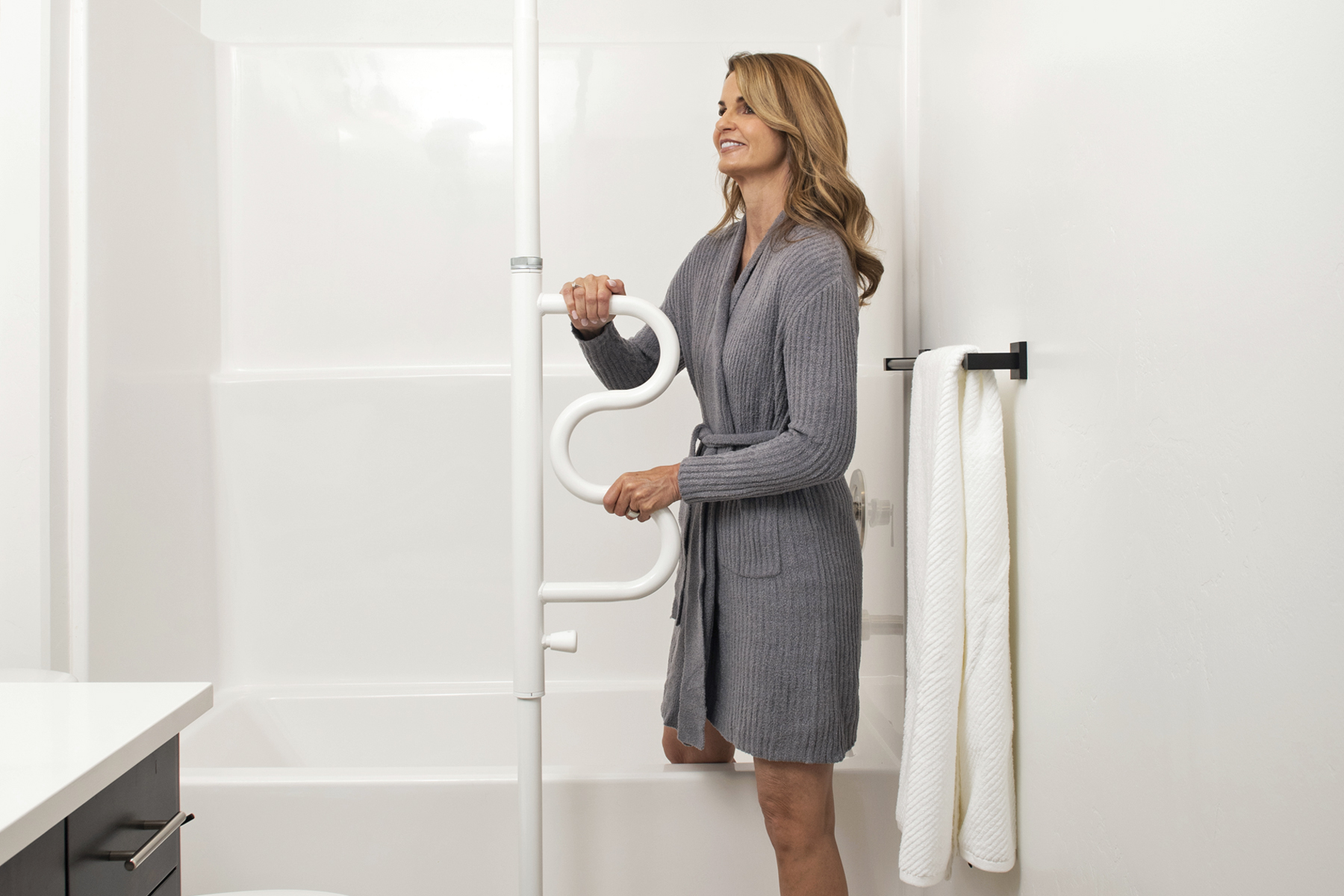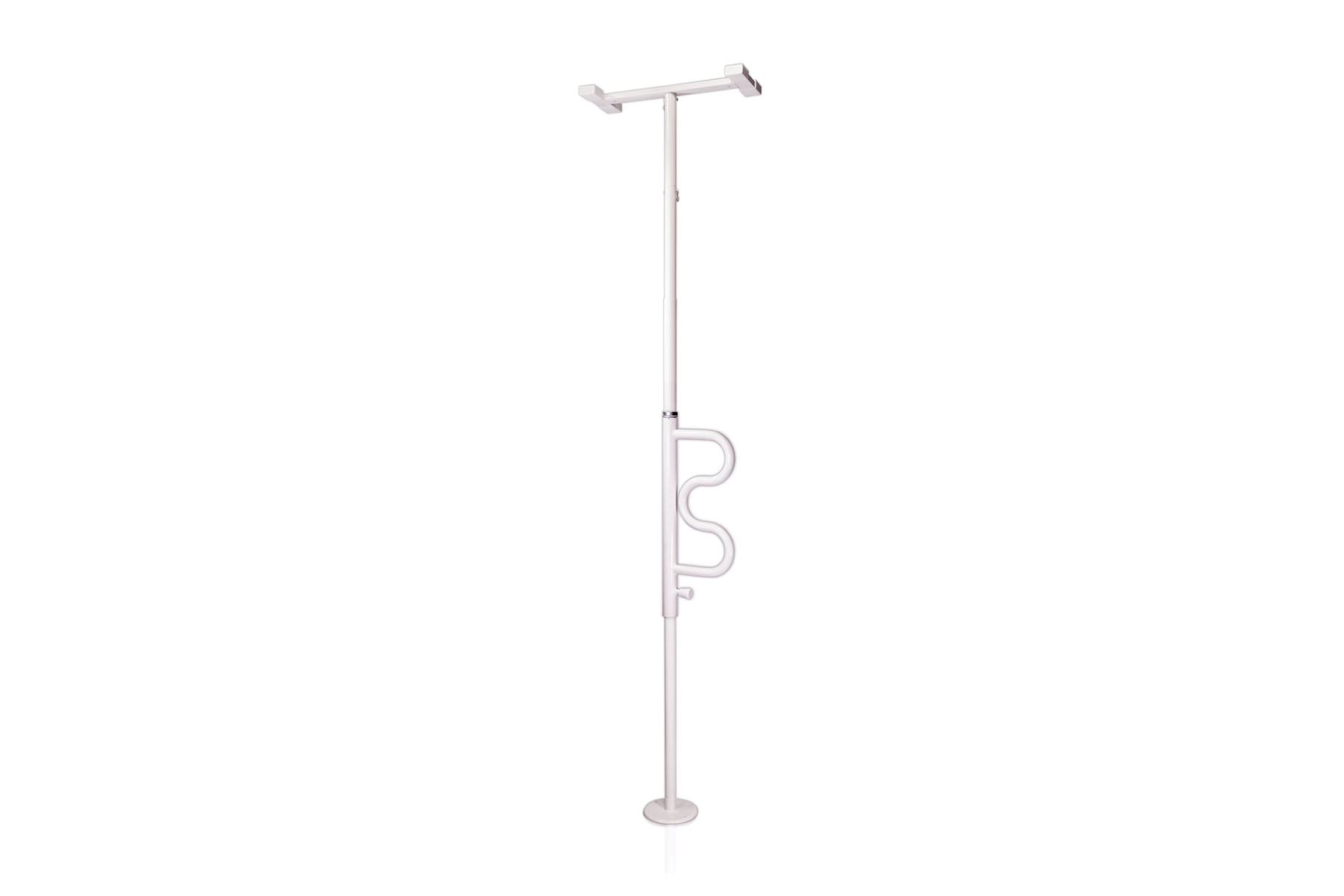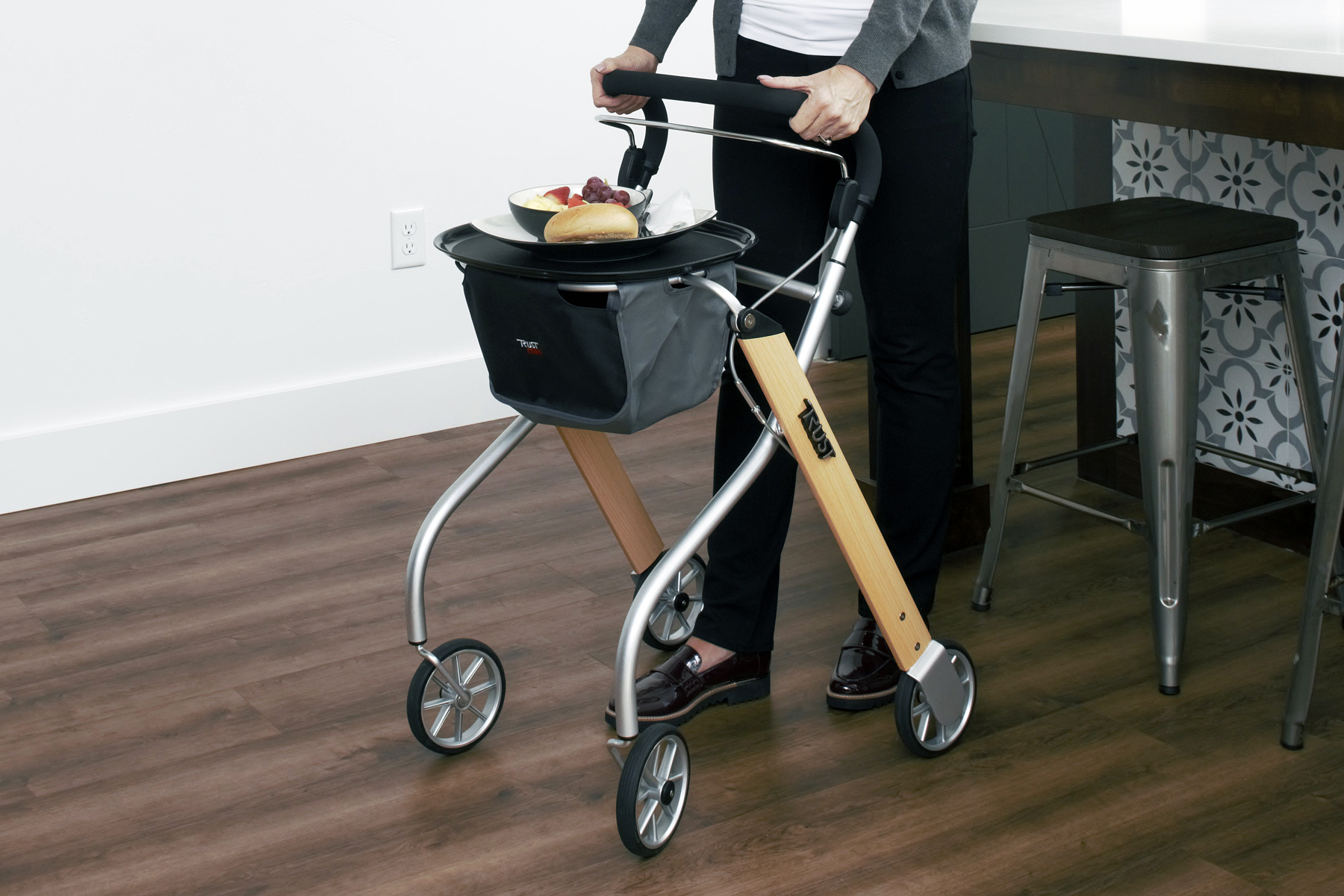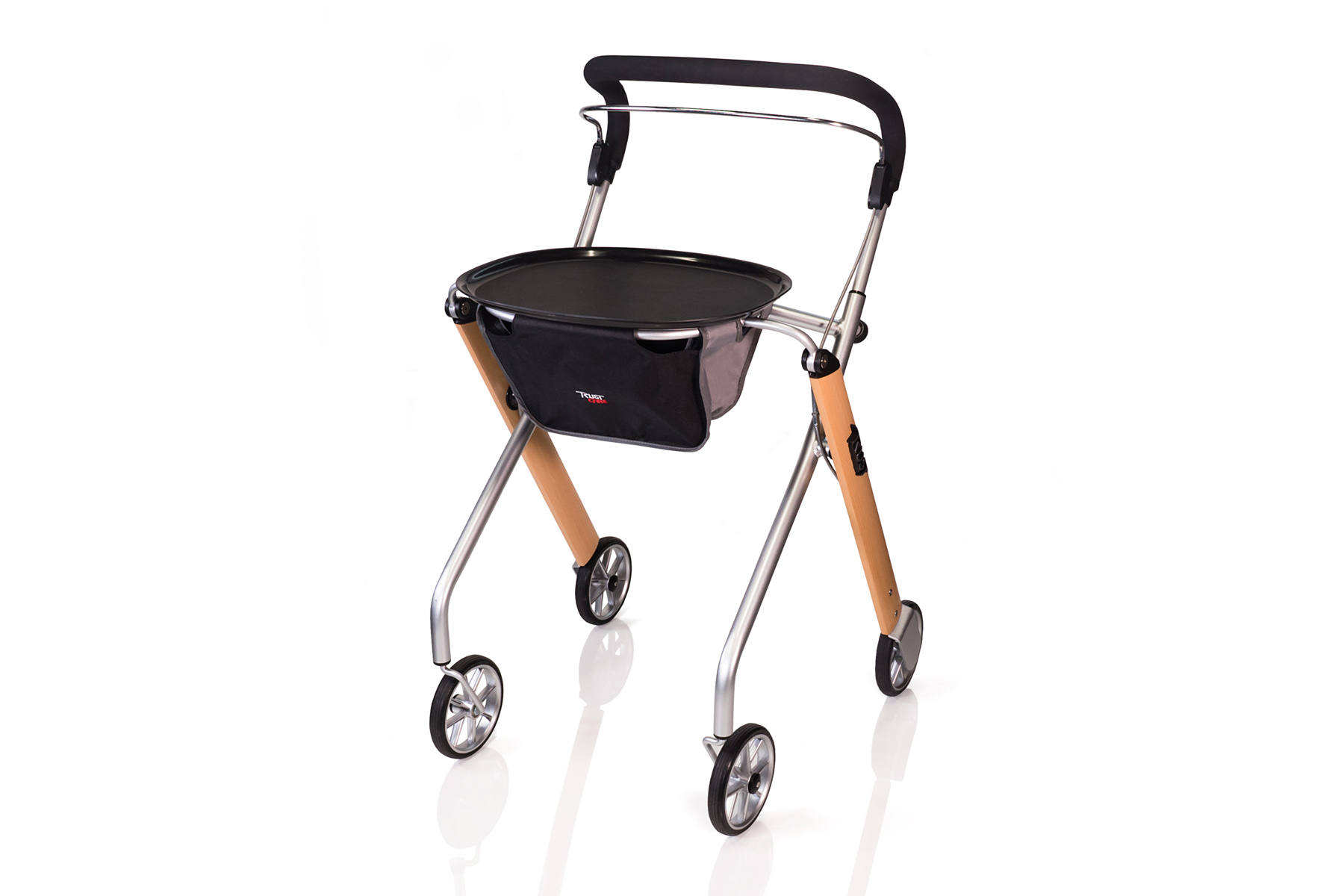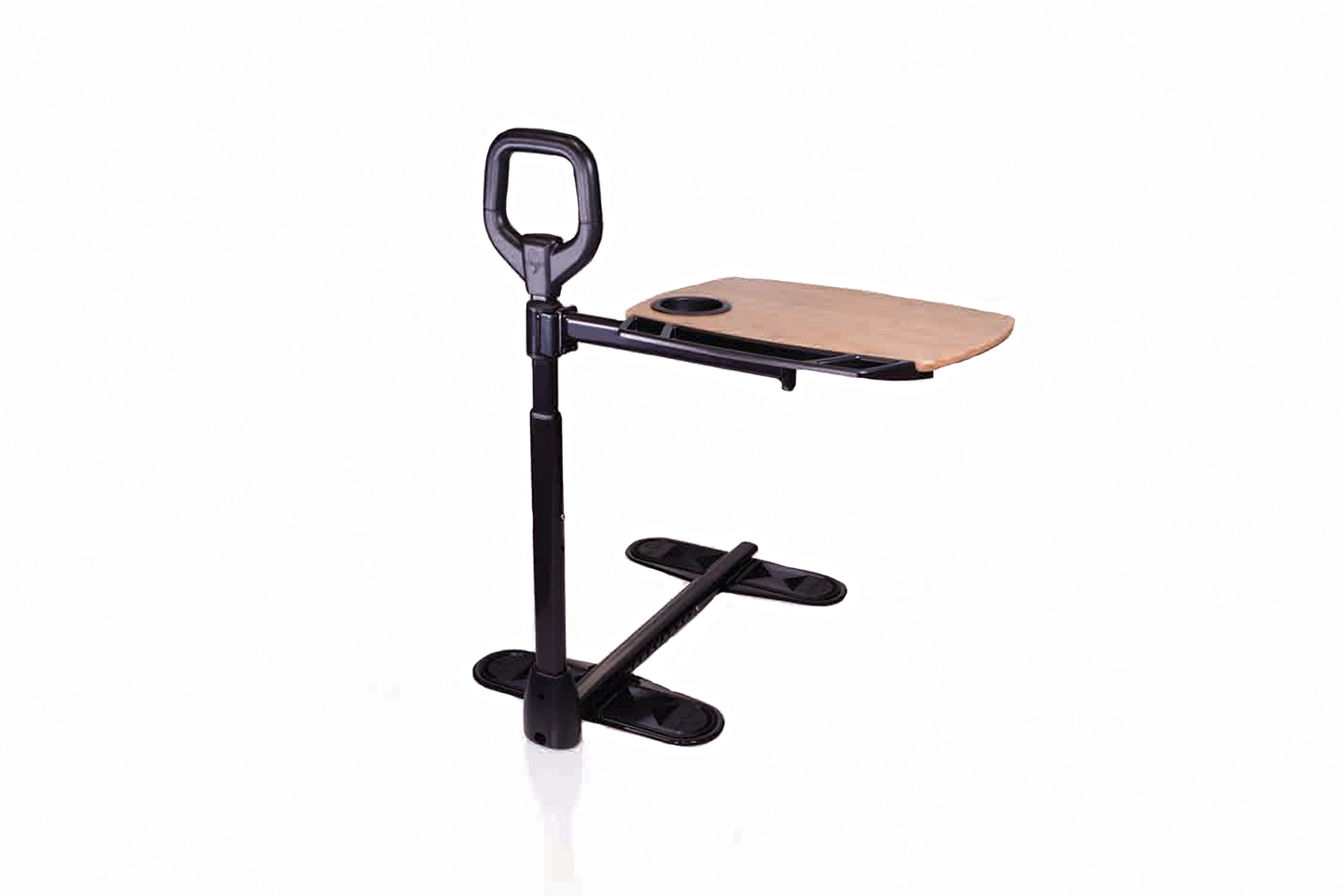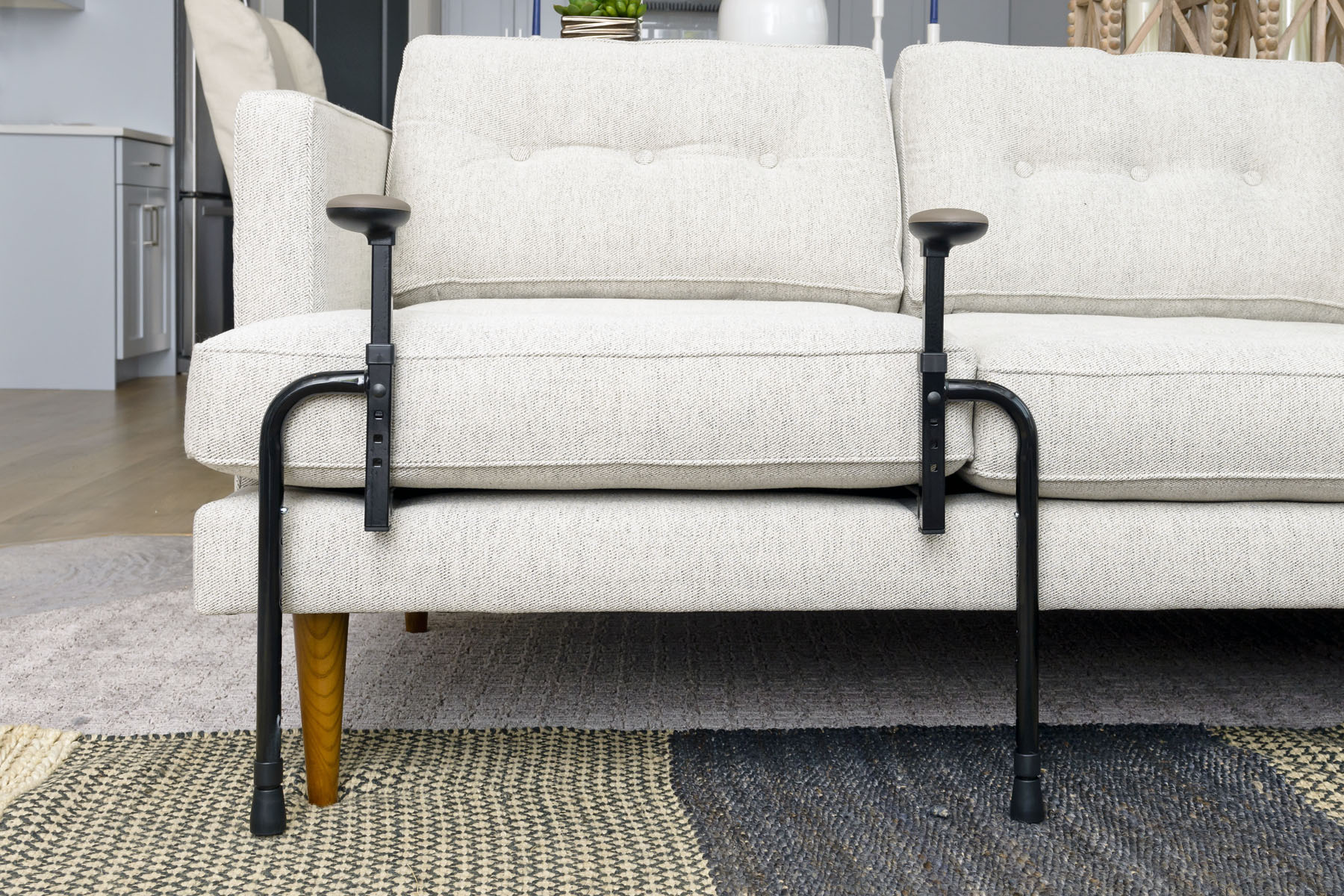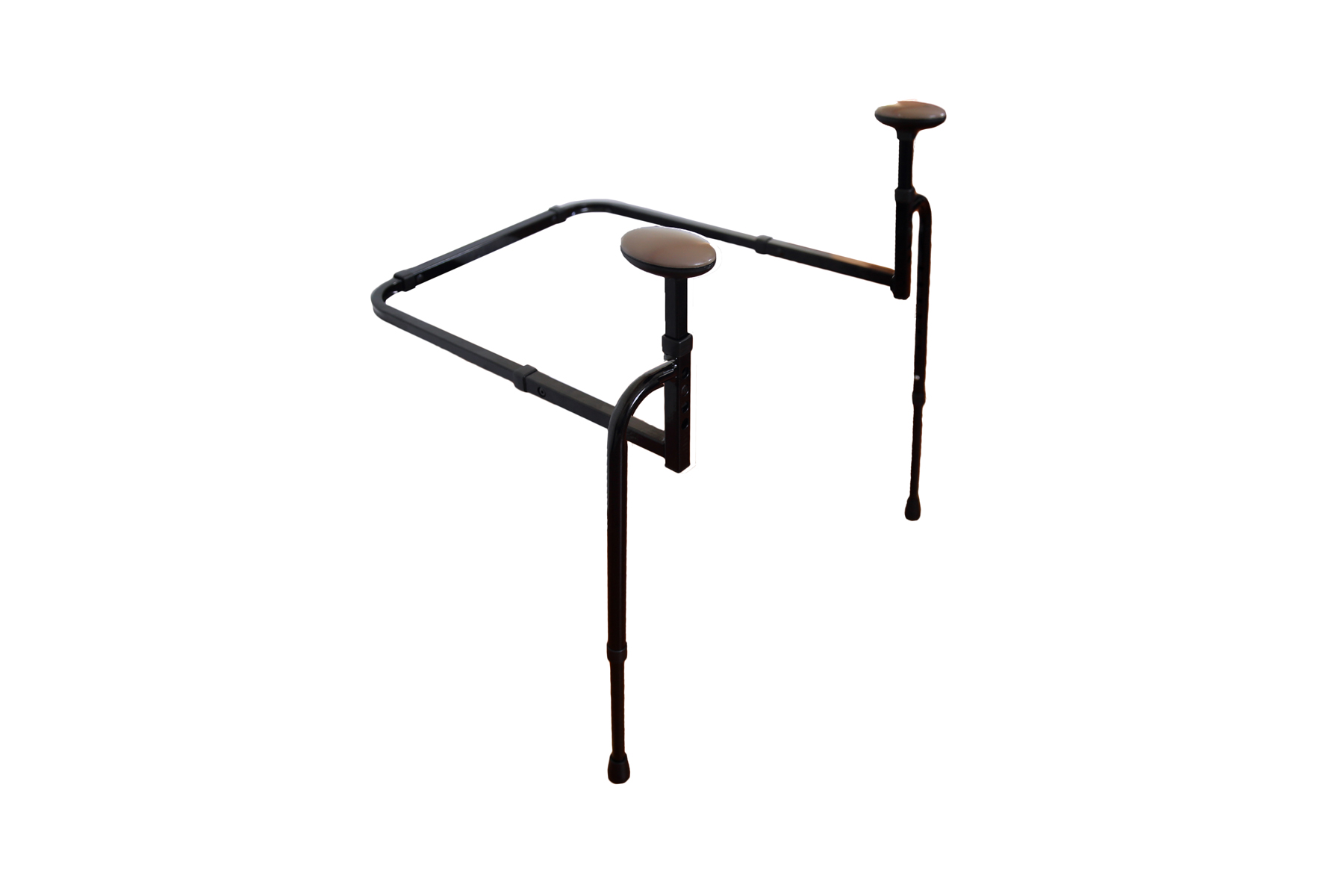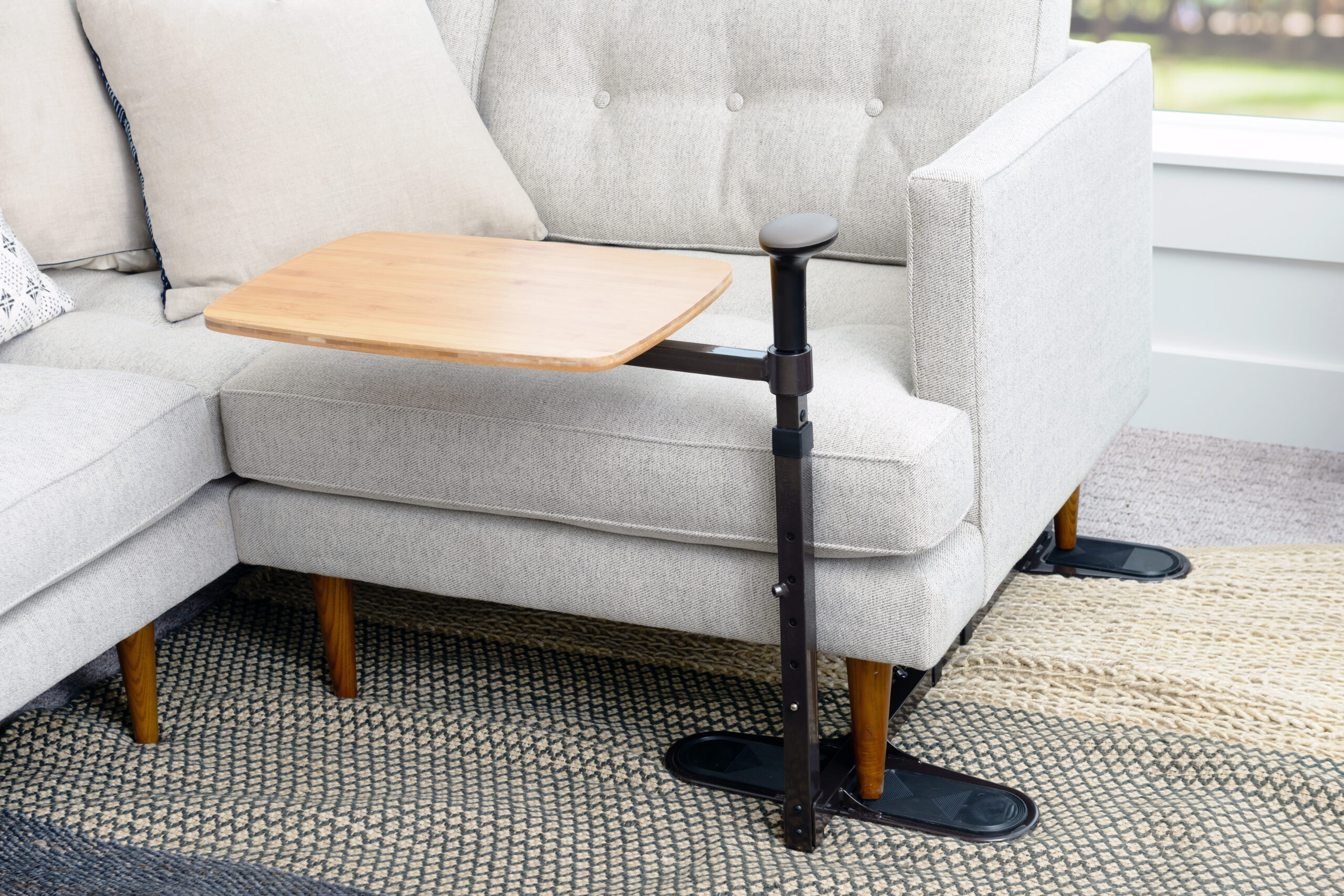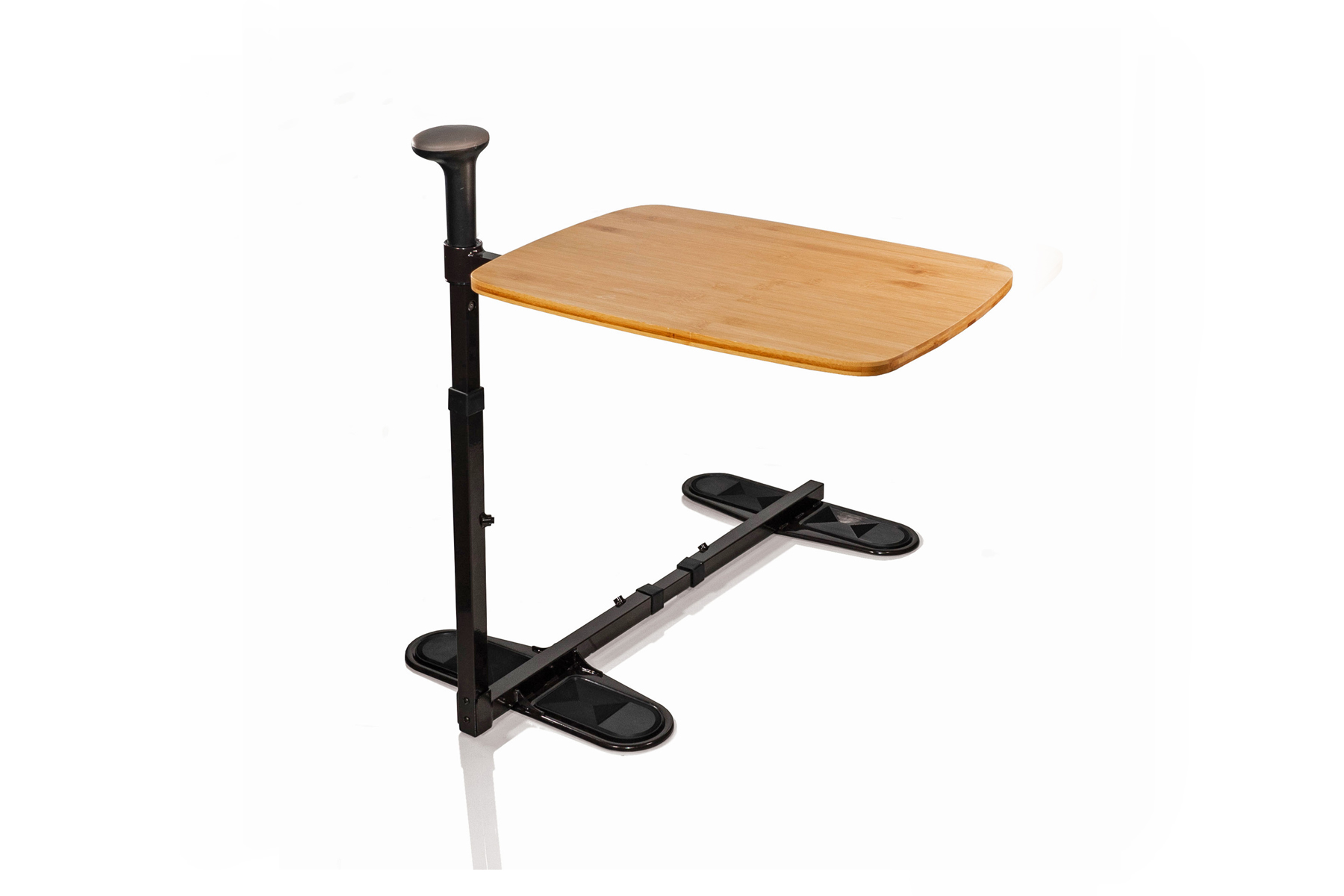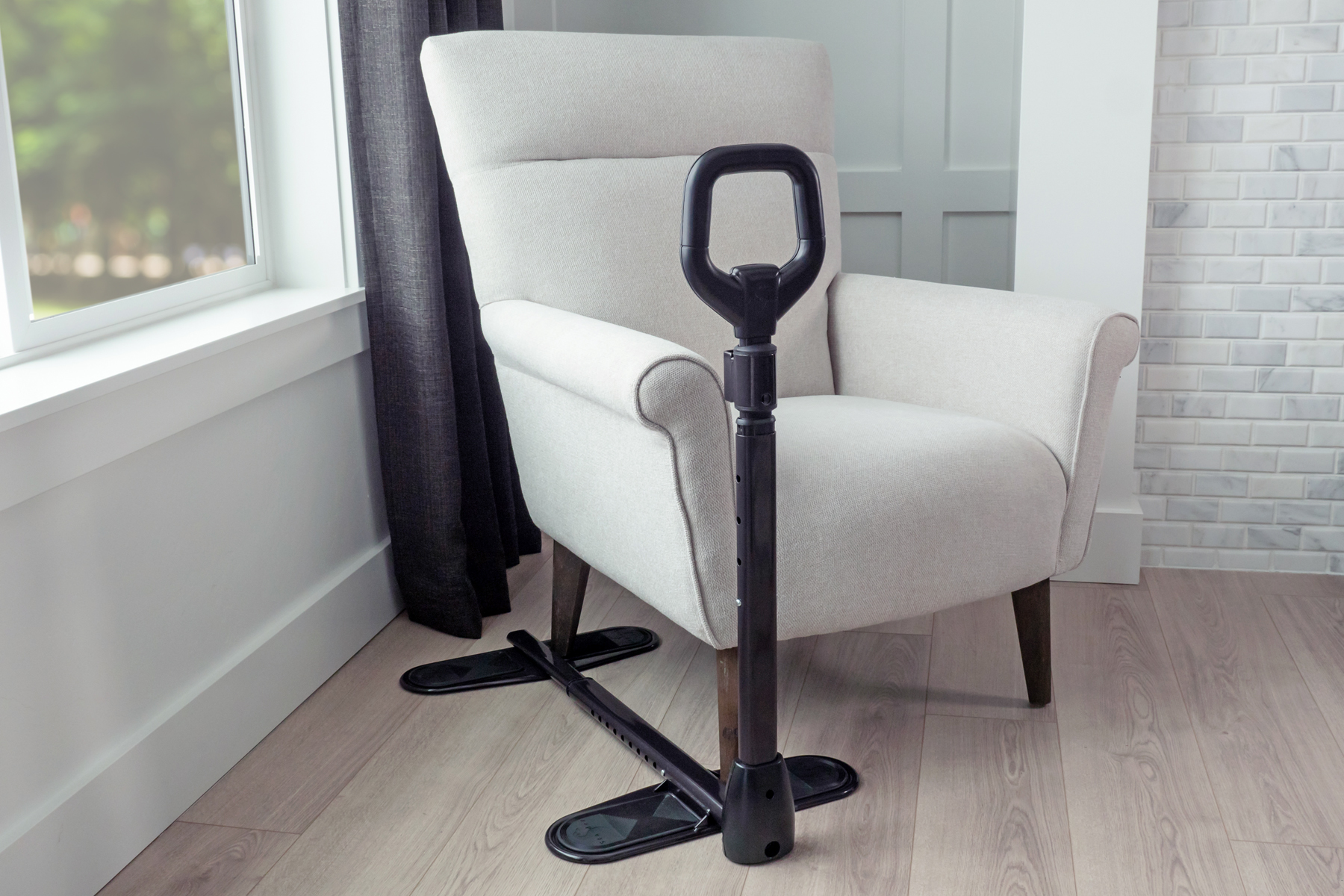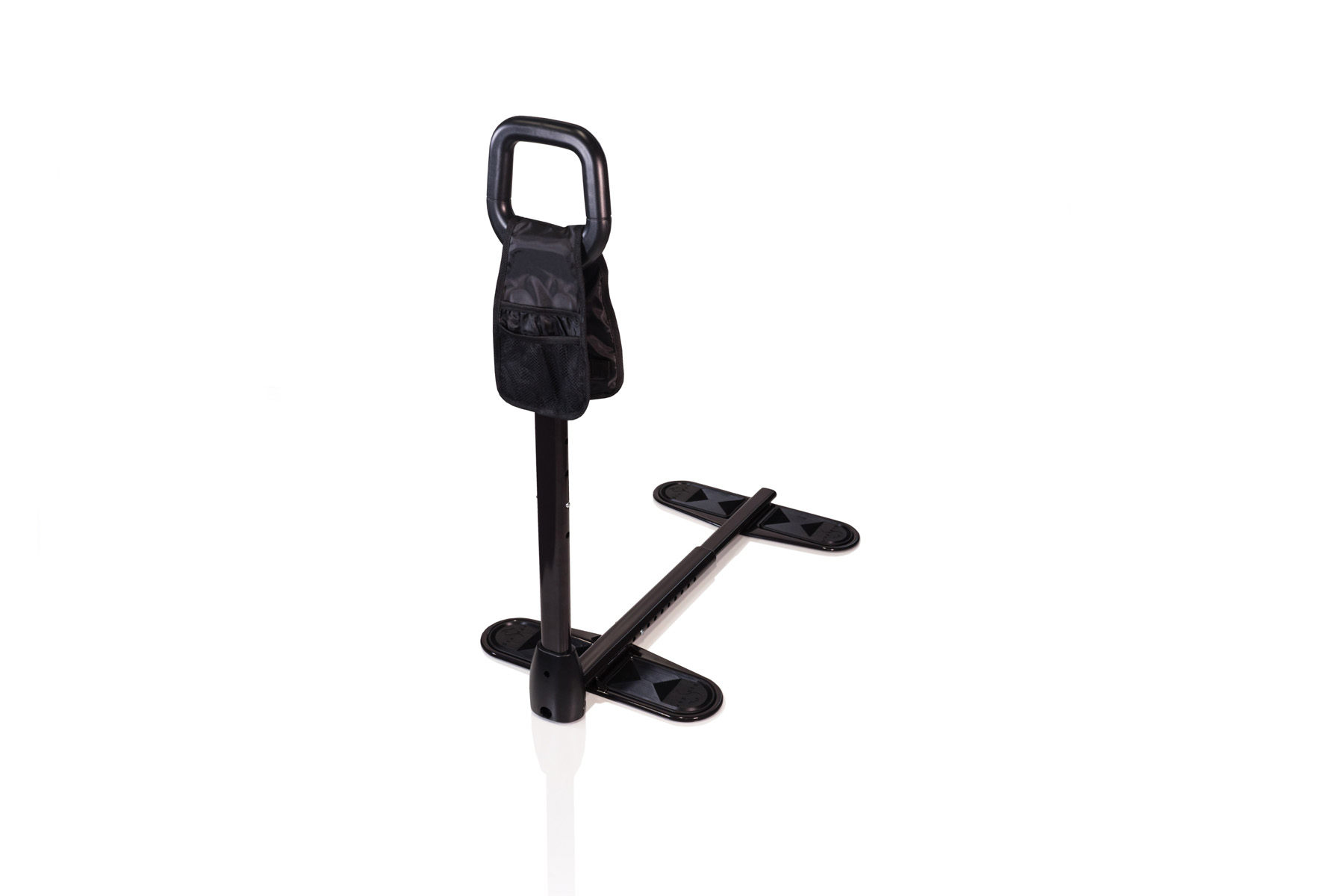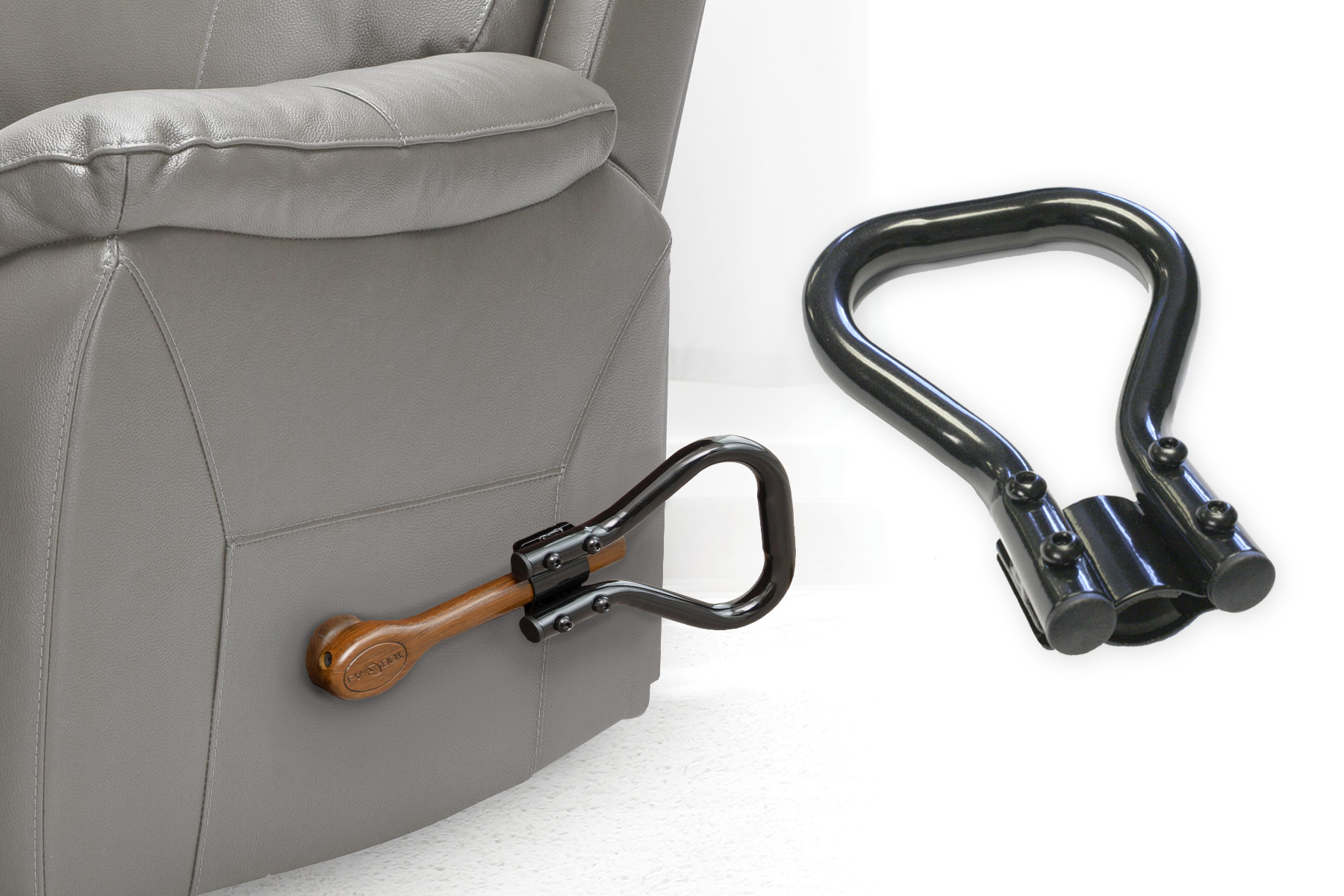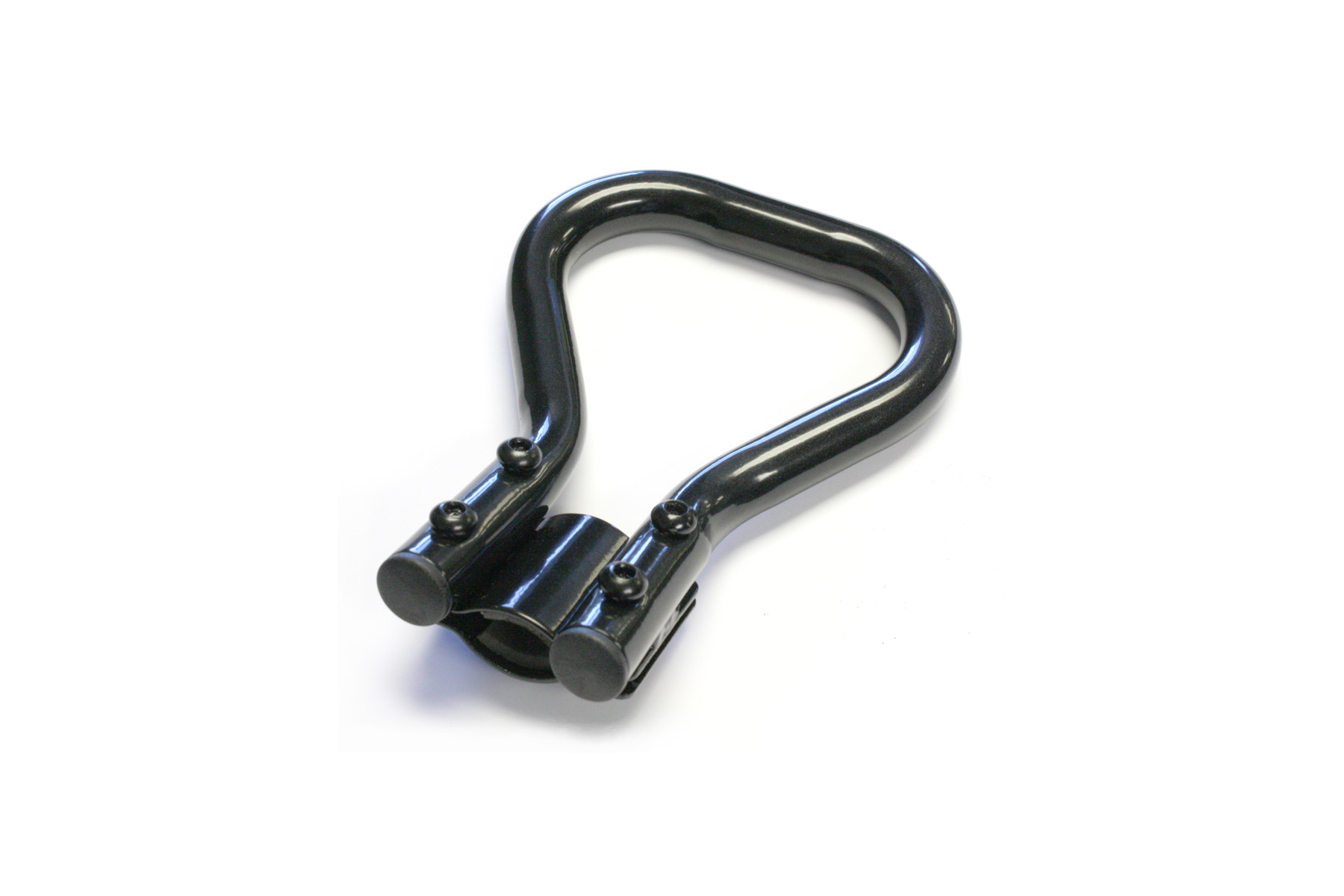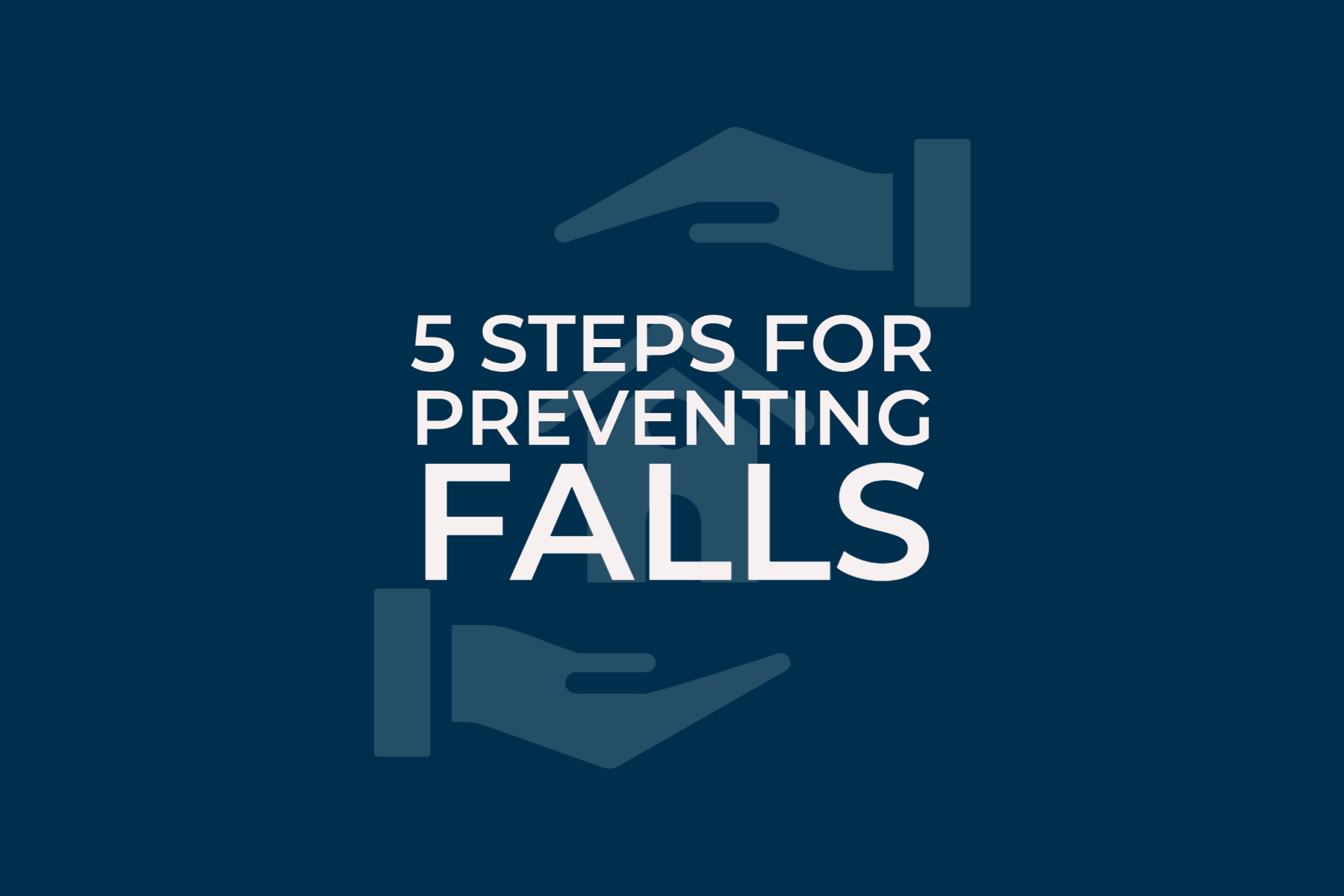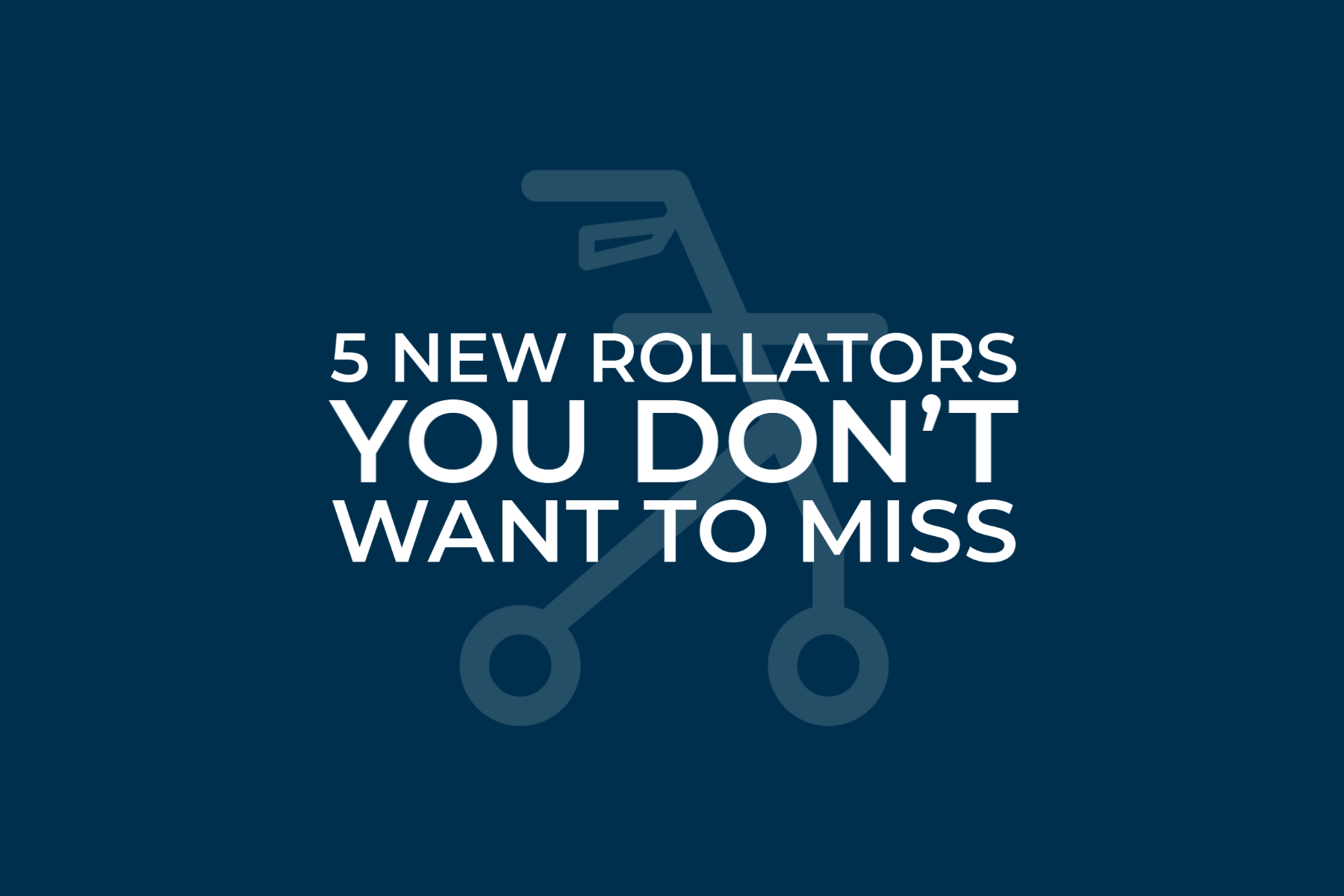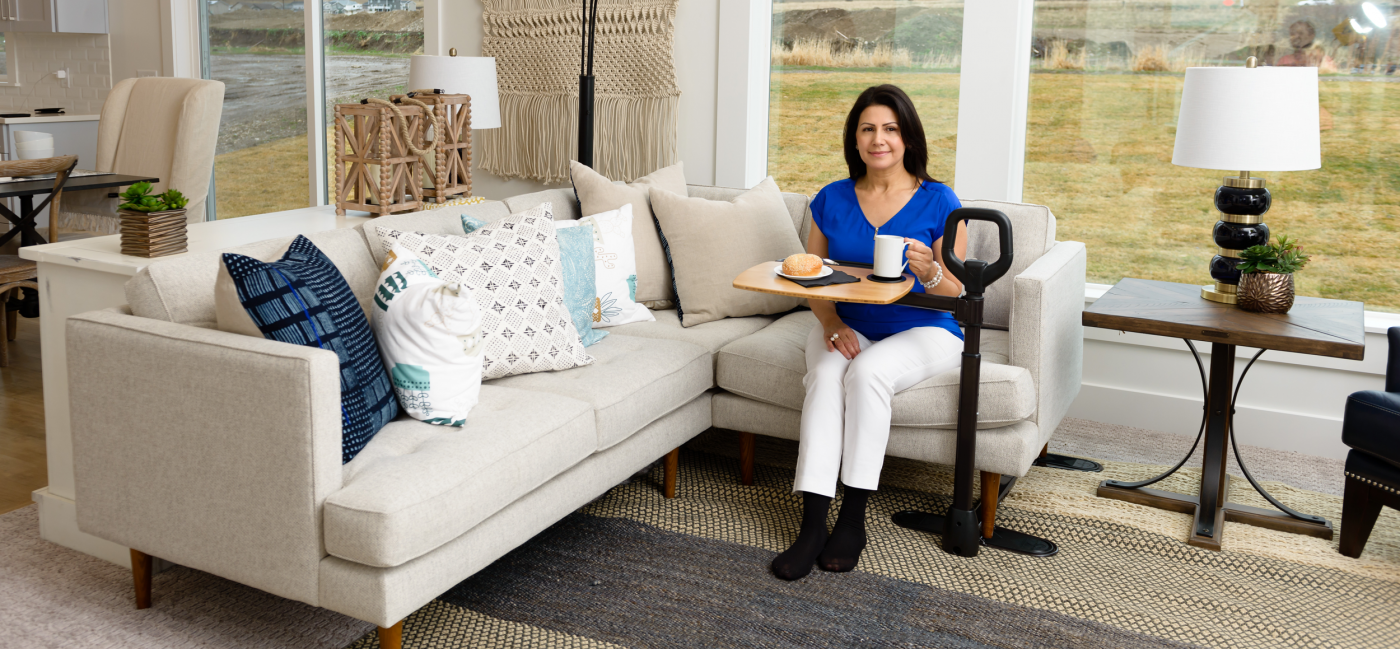
Comfort is Knowing you’re Safe
The living room is most often associated with comfort. Luxurious couches, well-used recliners, and maybe even enjoying a meal with your feet propped up. Sounds nice, right? As the natural process of aging takes place, we usually spend more time sitting and less time on our feet. This increased sedentary lifestyle typically results in decreased strength, coordination, and balance; a recipe bound to result in more falls.
With so much time dedicated to one place, it’s no surprise that more falls occur in the living room than any other room in the home. However, with time and preparation, you can significantly decrease the chances of experiencing a living room fall, leaving you with a greater sense of comfort and peace.
In the video below, we will show you some of our favorite tools and strategies to keep your living room safe and comfortable. As always, we recommend consulting with an Occupational Therapist (OT) who can help identify and plan for falling hazards.
3 Main Causes of Living Room Falls

Tripping and Slipping
Clutter spread across the floor, cords strung in an open path, and loose rugs all present tripping hazards
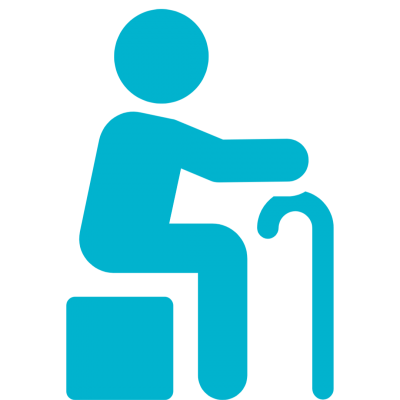
Standing from a Chair
Decreasing lower-body strength will make it more difficult to stand, especially with plush or worn-in cushions

Over-reaching and Bending
Whether it’s bending toward the ground or reaching toward a coffee table, over-reaching can result in a loss of balance
How to Avoid Falling in the Living Room
Tripping and Slipping
-
- Remove all clutter from the ground. Be sure that electronic cords and wires are not strung across walking paths or laid loose on the ground.
- Add slip-resistant backing to rugs. Even if rugs are on carpet they can present a slipping or tripping hazards. Remove rugs if they have curled edges and add slip-resistant backing to keep them flat on the floor.
- Increase the size of walkways. Ensure that there is adequate walking space in all walkways. This includes between furniture such as a couch and coffee table.
- Keep walkways well-lit. Install nightlights in walkways to increase visibility at night.
- Use a walker or rollator for support. Many seniors use furniture or the items around them to stabilize as they walk. Walkers and rollators are much safer alternatives to provide walking support. For indoor use we recommend the Let’s Go Indoor Rollator which has a narrow frame to navigate around furniture and narrow doorways.
Standing from a Chair
-
- Use an assistive standing device. There are several standing aids that can be added to a living room chair to help sit or stand. We love the Assist-A-Tray, which combines a standing handle with a swiveling bamboo TV tray table.
- If necessary, purchase a lift chair. For those with very limited mobility, a lift chair can help you balance and prevent you from falling forward. We recommend adding the Assist-A-Tray to your lift chair for extra support.
- Install a transfer pole next to your chair. Transfer poles, such as the Security Pole and Curve Grab Bar, are very useful tools to stand and transfer. They can be placed anywhere in the room so you have support where it’s needed the most.
Over-reaching and Bending
-
- Keep items within reach. Much like falling out of bed reaching to a nightstand, seniors are at risk to loose balance when over-reaching to a coffee table or side table. This is another instance when an assistive device, like the Assist-A-Tray, comes in handy to keep remotes, drinks, and electronics on a swiveling tray.
- Use reaching tools to pick up items from the ground. Bending over toward the ground can cause loss of balance and lightheadedness. Using a reacher eliminates the need to bend over.
- Use a Lever Extender on recliners. If you have an old-school recliner with a wooden lever to lift the leg rest, it can be difficult to reach. The Lever Extender adds six inches to the lever and increases leverage to pull the handle easier.

